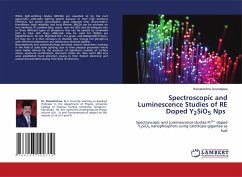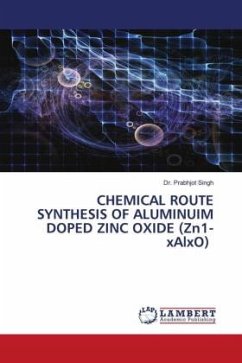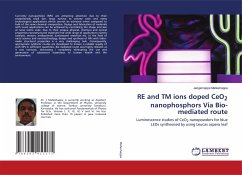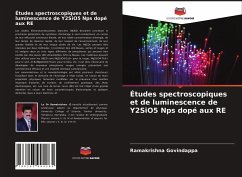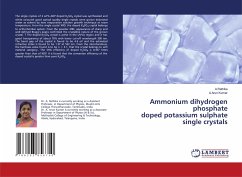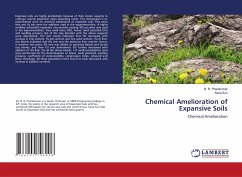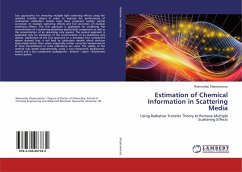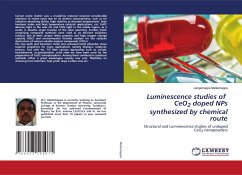
Luminescence studies of CeO2 doped NPs synthesized by chemical route
Structural and Luminescence studies of undoped CeO2 nanopowders
Versandkostenfrei!
Versandfertig in 6-10 Tagen
36,99 €
inkl. MwSt.

PAYBACK Punkte
18 °P sammeln!
Cerium oxide (CeO2) was a crystalline material received considerable attention in recent years due to its distinct characteristics, such as UV radiation absorbing ability, high stability at elevated temperatures, high hardness index and high temperature catalytic applications, etc. CeO2 absorbs light in the near UV and little light in the visible region, as a result, it absorbs larger fraction of the solar spectrum. Further, CeO2 containing composite materials were used as an efficient oxidation catalyst, due to their unique redox property and high oxygen storage capacity (OSC) and environment...
Cerium oxide (CeO2) was a crystalline material received considerable attention in recent years due to its distinct characteristics, such as UV radiation absorbing ability, high stability at elevated temperatures, high hardness index and high temperature catalytic applications, etc. CeO2 absorbs light in the near UV and little light in the visible region, as a result, it absorbs larger fraction of the solar spectrum. Further, CeO2 containing composite materials were used as an efficient oxidation catalyst, due to their unique redox property and high oxygen storage capacity (OSC) and environmental friendly catalyst for the catalytic destruction of various volatile organic compounds (VOCs).The rare earth and transition metal ions activated CeO2 phosphor show superior properties for many applications namely displays, catalysts, sensors, fuel cells etc. Till date various approaches such as sol-gel, hydrothermal, co-precipitation, solid state etc have been used for the preparation of CeO2 nanophosphors. Among them combustion synthesis methods offers a great advantages namely low cost, flexibility on choosing host materials, high yield, large surface area etc.



